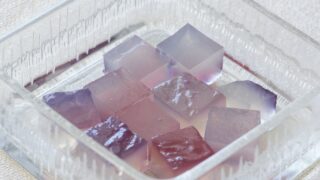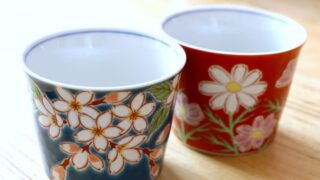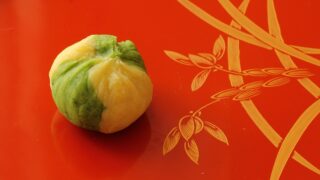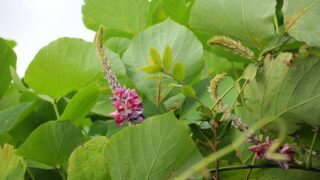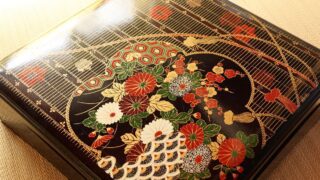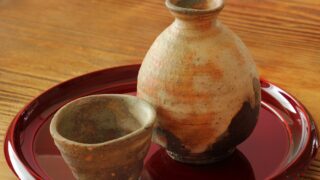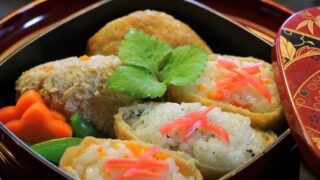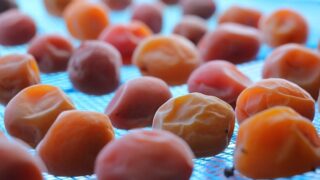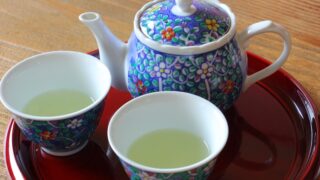Hi! It’s Kinako.
Today I’m going to talk about “Nanakusa gayu”.
Let’s learn about “Haru no Nanakusa”, too!
What’s Nanakusa gayu?

Nanakusa gayu is a special rice porridge that we eat on January 7th.
The porridge has seven different types of wild grass.
We eat the Nanakusa gayu (porridge with seven wild grass) to pray for the best health for the year.
This culture came from China in the Nara period.
In China, they had the custom to eat soup with seven vegetables and grass.
Here in Japan, we had a similar custom that getting young grass and vegetables.
And Japanese people also had the custom to eat porridge with seven grains.
So the mixture of the two countries’ cultures is the beginning of “Nanakusa gayu”.
It became an event in an imperial court in the Heian period.
And the porridge culture spread between normal people in the Edo period.
Now I’m going to explain about “Nanakusa”.
Haruno Nanakusa

Here’s the picture of “Haru no Nanakusa”.
By the way “Haru no Nanakusa” means “Spring seven wild grass”!
Around January 7th, you can find packed “Nanakusa” at supermarkets.
It contains all the wild grass, and you don’t need to look for each one.


Now I’m going to explain each wild grass!
Seri (せり)
Seri has a peculiar scent, and it stimulates your appetite.
It’s very nutritious.
For example,
Keeps your blood clean
Suppress high blood pressure and arteriosclerosis
Improve intestinal condition

Seri contains vitamin A, vitamin C, calcium, potassium, phosphorus.
Nazuna (なずな)
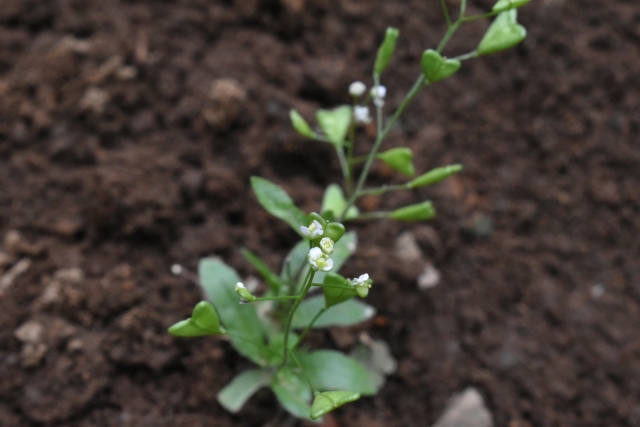
This plant has been used as a folk remedy in Oriental medicine.
It is said that this plant works for a lot of things.
High blood pressure
Antipyretic
Constipation
Diuretic

Nazuna has plenty of vitamin K!!
Gogyo (ゴギョウ)
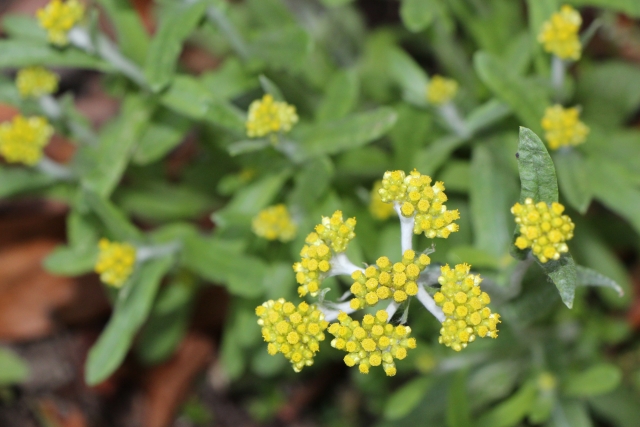
Gogyo is also called “Hahakogusa” and it came from Korean Peninsula.
In Japan, people were using this plant for Kusamochi (rice cake).
This is good for throat, diuretic, swelling, etc.
Hakobera(はこべら)

In China, Hakobera has been used as a medicinal herb for a long time ago.
This plant is very nutritious.
Painkiller
hemostatic action
periodontal disease
Diuretic effect
prevention of gum disease

This contains vitamin B group, vitamin C, calcium, potassium, carotenoid, flavonoid, saponin!
Hotokenoza (ほとけのざ)
We call this “Hotokenoza”, but the official name is “Koonitabirako”.
(Although “Koonitabirako” is not known)
This has intestinal regulation, hypertension prevention.
Suzuna (すずな)

This is a turnip.
As you know, it is said that it’s good for a cold, constipation, gastritis, osteoporosis, cancer.

Especially, the leaf part has vitamin A, vitamin B1, vitamin C, calcium, iron, fiber a lot!
.
Suzushiro (すずしろ)

This is suzushiro, but it’s known as “Daikon” now.
Both root and leaves have nutrition!
This is good for fever, cold sensitivity, headache, gastritis, indigestion, constipation.

Suzushiro has vitamin A, vitamin C, fiber, diastase, amylase, a flavonoid.
Let’s eat Nanakusa gayu in January 7th!

Nanakusa gayu is very simple porridge.
You just need to make porridge and put Nanakusa and boil for a while.
The taste is simple, too. But I always love eating this.
If you find “Nanakusa” at supermarkets, please try Nanakusa gayu to pray for your health!

